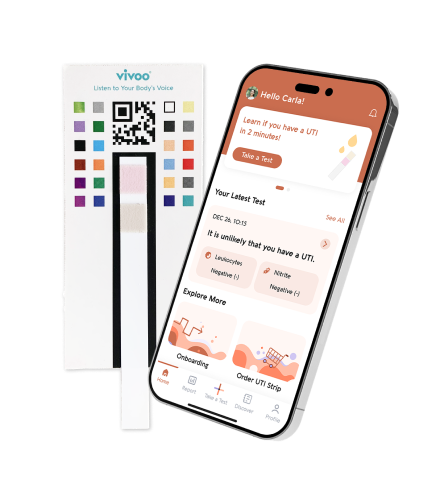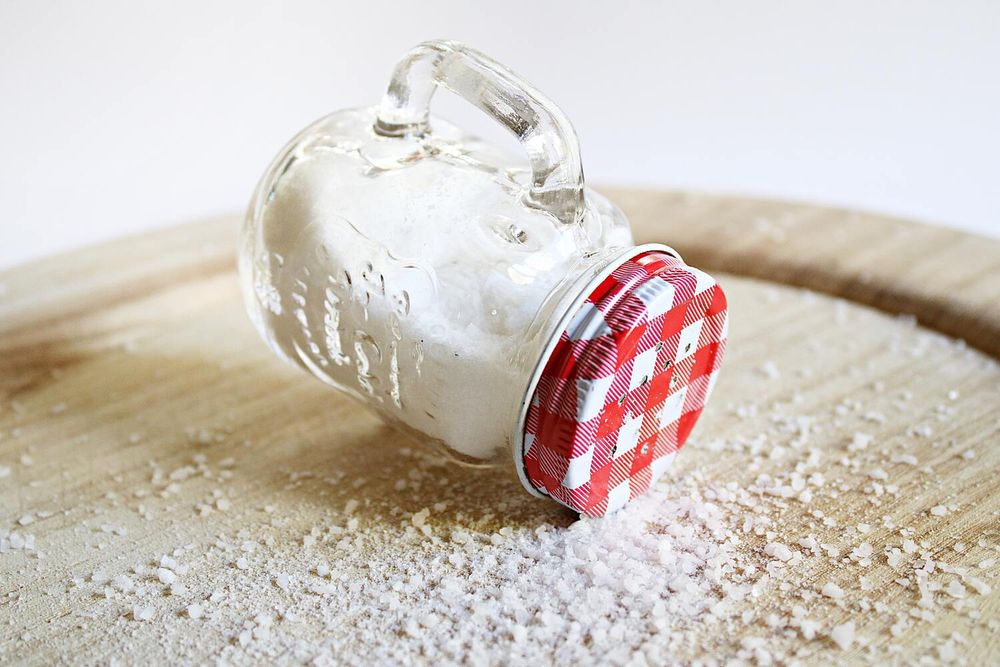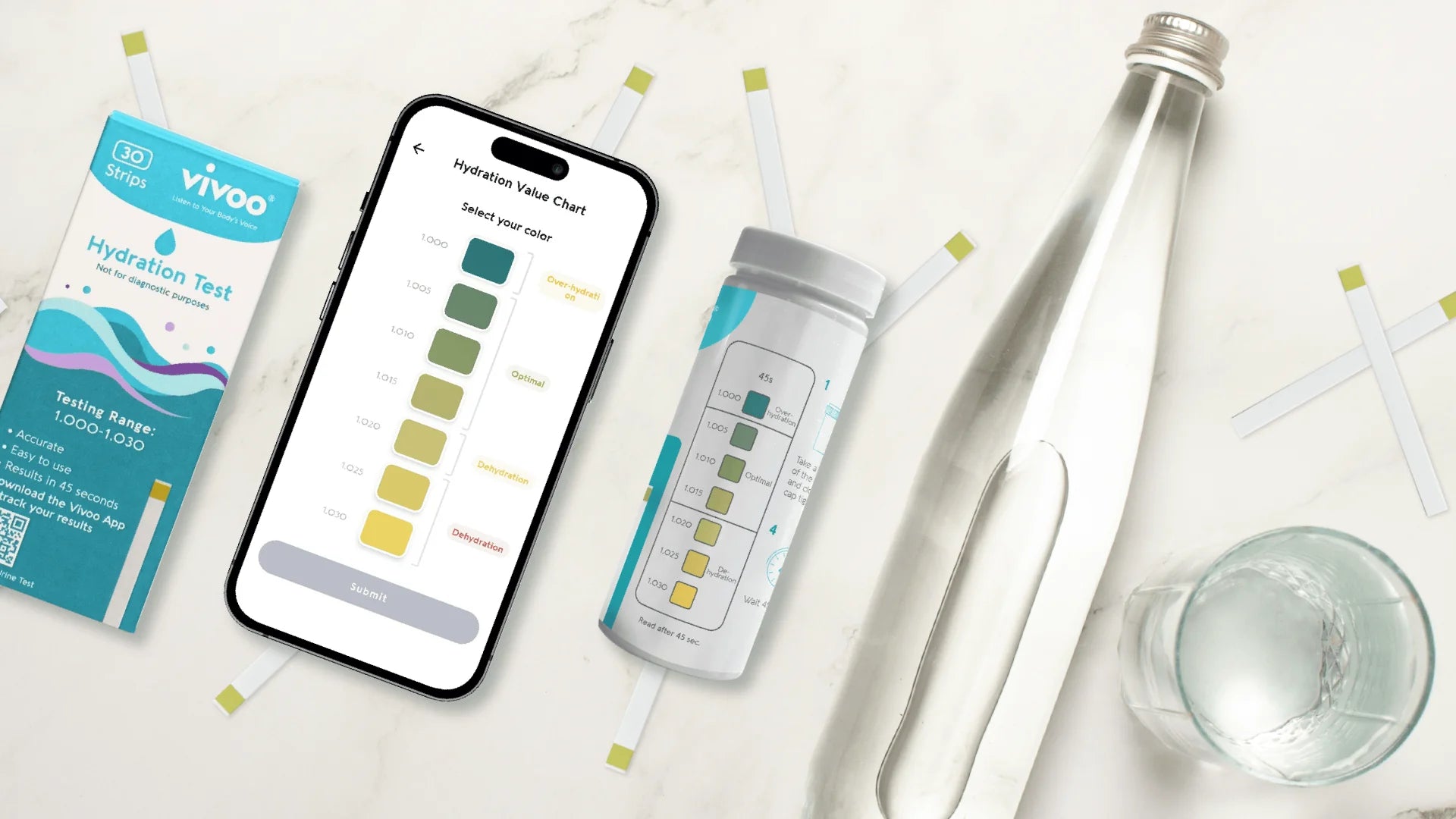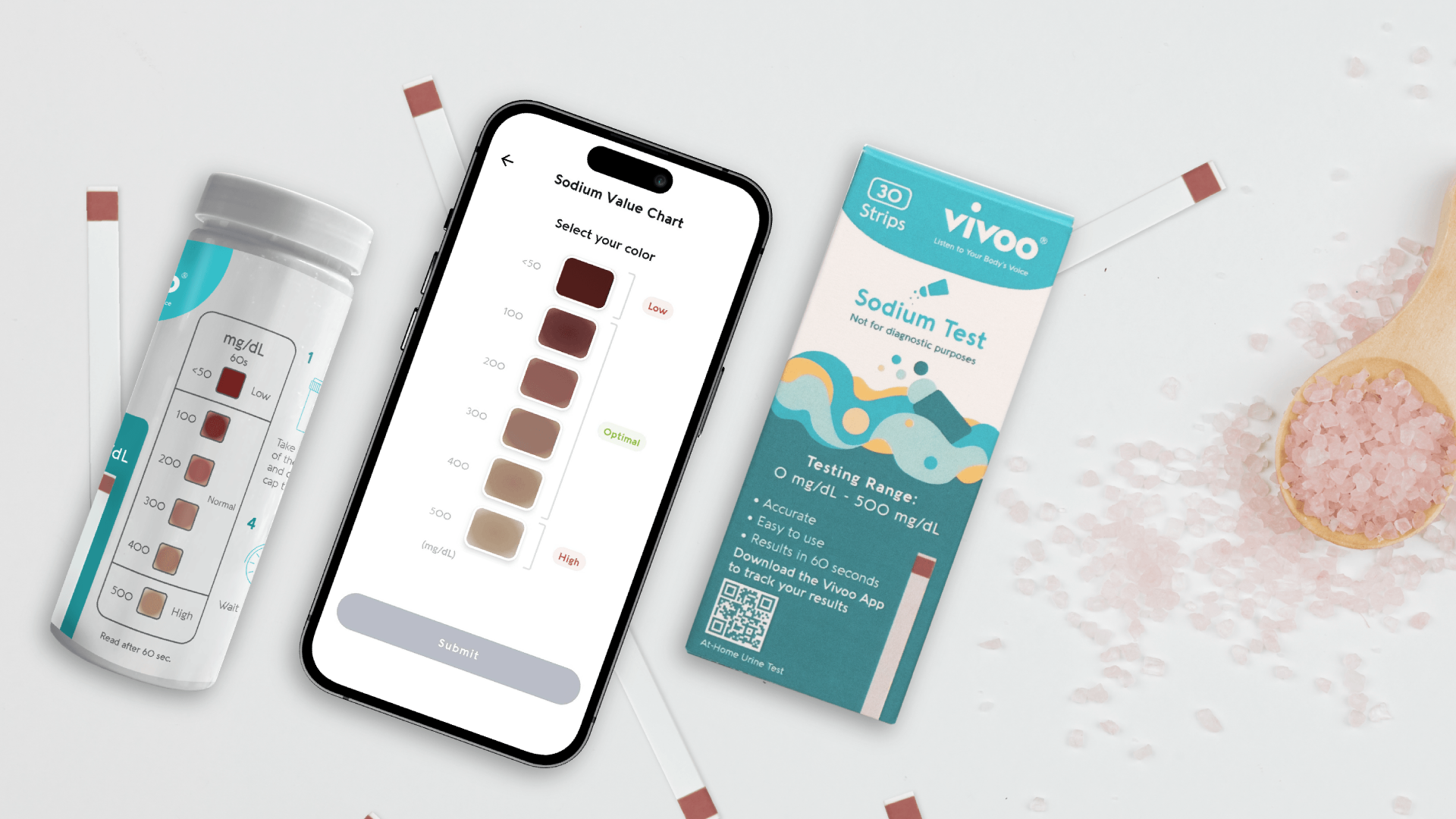Getting the right amount of sodium is important for your health. Too much sodium can raise your blood pressure and cause other long-term health problems such as heart disease or stroke, while not getting enough may lead to developing headaches or muscle cramps. That’s why keeping an eye on your sodium level is a great way to take care of your health and wellness.
Let’s do a deep dive into the world of sodium testing and the right method to help you get insight into your sodium levels.
How to check sodium levels?
There are a few ways to check the sodium levels in your body. One of the most popular ways is by taking a blood test. This is a simple test where you have your blood drawn by a laboratory get your blood tested for your sodium levels. These tests usually take half a day to a day for you to get your results. Another way is to take a urine sodium test, which you can do either at a laboratory or from the comfort of your own home. Urine sodium tests often help determine whether you have abnormal sodium blood levels.
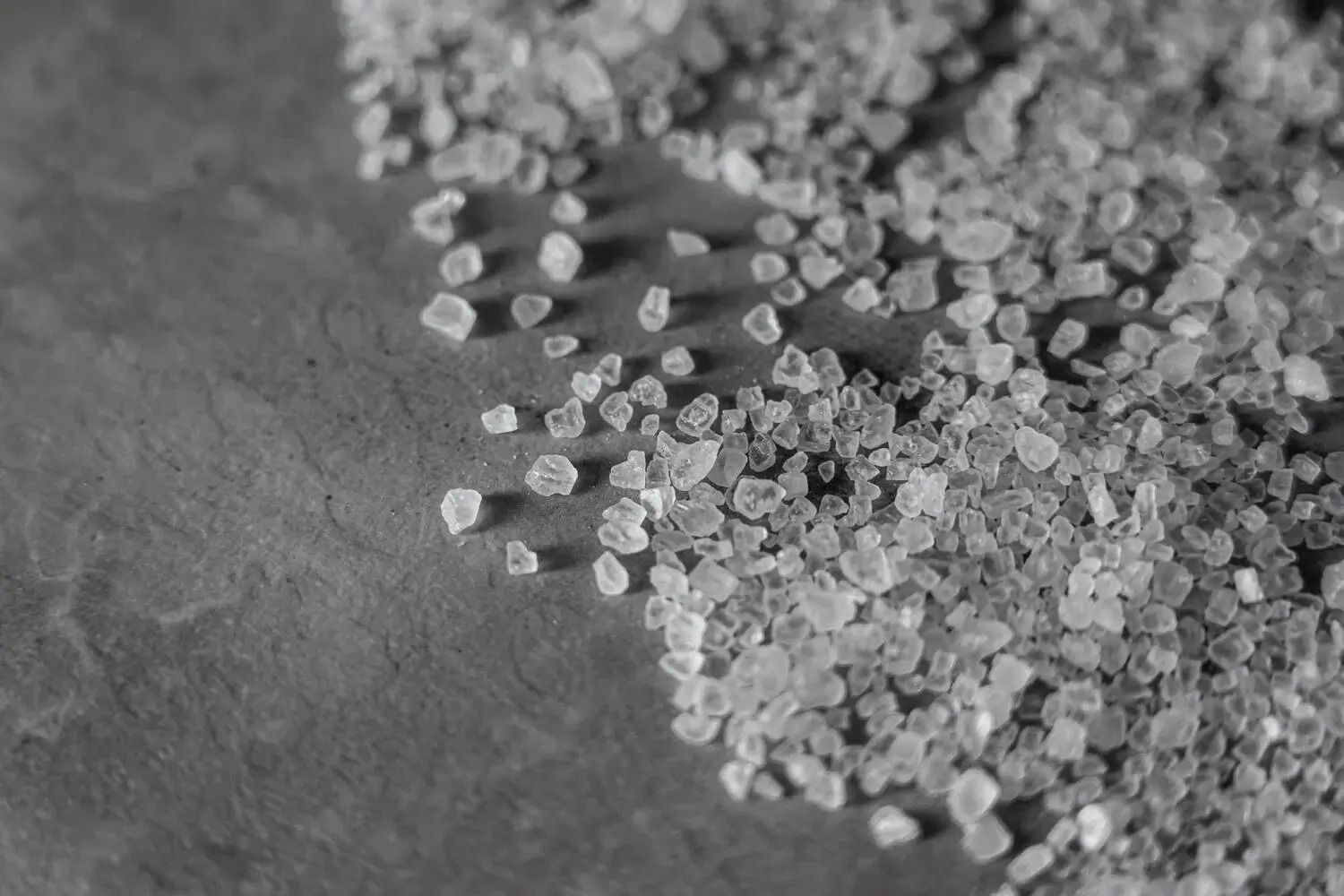
The normal amount of sodium in urine is generally around 20 mEq/L, so your results depend on how much fluid you intake in proportion to sodium or salt. Urine sodium tests are less painful than taking blood tests, and are the preferable option if you are scared of needles. To take a urine sodium test, all you need to do is urinate in a cup. If you are testing at a laboratory, all you need to do is leave your urine sample at the lab. And if you are testing at home, you can use special urine test strips to measure your sodium levels. How to check sodium levels at home?
If you want to track your sodium levels at home, you will need to purchase an at-home urine test kit. There are many brands and types out there which are readily available at pharmacies, retailers, or e-commerce websites. Here are two different options you can choose from:
Salinity Strips
Salinity strips can help you measure your body’s sodium levels. They are easy to use, and you can get results within seconds. All you need to do is urinate in a clean and dry container, take a salinity strip, dip it in your urine sample, and take it out to let it react with your urine. The strip will change in color after coming into contact with your urine. Once the strip finishes reacting with your urine, you can compare the extent of color change with a color chart that comes with the sodium test kit to read your results. Sometimes, it is hard to match your strip color exactly with the provided color chart, so you might be prone to misinterpreting your results. Nevertheless, salinity strips are a pretty straightforward way to help you determine your body’s sodium levels.
Vivoo Test & App
If you don’t want to read your results yourself and want to avoid any errors in your results, then Vivoo is here to help! Vivoo is an at-home urine test that works with an App that reads your results for you. It provides you with real-time data on your body’s wellness based on 9 key parameters like sodium, vitamin C, calcium, magnesium, urine pH, ketones, water, oxidative stress, and protein. The App scores you on your overall wellness out of a score of ten, and provides you with detailed feedback on how your body is faring according to each wellness parameter.
But the best part is that unlike ordinary salinity strips, you also get personalized nutritional and lifestyle advice based on your results to improve your wellness! All the advice on the App has been prepared by dietitians, nutritionists, and doctors. You can also integrate your wearables to the App to track your heart rate, sleep, and activity. And it doesn’t end there - you can also order personalized supplements to boost your wellness and read blogs on wellness through the App!
How to test your sodium levels at home?
Any test you decide to purchase will likely have a high or low threshold in terms of how it measures the sodium in your urine. Here’s an example of how Vivoo might read your sodium results: Score: 5/10 Label: Low, Value: <50mg/dL Sodium
With Vivoo, you get a Low score when the sodium levels in your urine are lower than average.
Sodium deficiency typically results from low salt consumption. That’s why it’s crucial for you to pay attention to your mineral intake, as this can help you prevent sodium deficiency.
The causes of low sodium in urine are:
- Eating a diet low in sodium
- Low salt intakeMild symptoms of low sodium levels in urine include:
- Weakness
- Restlessness and irritability
- Headaches
- Mental instability
Although having sodium in excess is harmful to your wellness, you shouldn’t severely restrict your consumption of sodium. That’s because too little sodium can also be detrimental to your body. You should aim to consume the daily recommeded amount of sodium, as this will ensure your well-being in the long-term.
Score: 10/10, Label: Optimal, Value: 100 – 400 mg/dL Sodium
Having optimal urine sodium levels mean that you’re likely getting the daily recommended amount of sodium through the foods and drinks you consume.
Sodium helps deliver the following functions in your body:
- Regulation of fluid balance
- Transmission of nerve impulses
- Contraction and relaxation of muscles
- Acid-base balance
Score: 410, Label: High, Value: 500 mg/dL Sodium
Having a high level of sodium in urine means that you’re consuming more sodium than your body needs.
The causes of high sodium in urine are:
- Too much sodium through the diet
- Using diuretics
- Excessive consumption of table salt
Mild symptoms include:
- Intense thirst
- Dry mouth
- Involuntary muscle contraction

How to check low sodium levels at home?
Your urinary sodium levels are greatly affected by the meals you eat throughout the day. Therefore, you may get different results at different times of the day. However, the important thing is to aim for balance in your sodium levels in the long-term. For this, try taking an at home-test at regular intervals under the same conditions.
Your body begins to react to the effects of unbalanced sodium levels immediately, so you can easily begin to guess whether you are dealing with too little or too much sodium, at which point you can have your sodium in the body tested as soon as possible.
Symptoms of high sodium levels include:
- Thirst
- Urinating (peeing) very little
- Vomiting
- Confusion
- Muscle twitching
Symptoms of low sodium levels include:
- Weakness
- Fatigue
- Confusion
- Muscle twitching
Have you ever had issues with your sodium levels? Did you manage to check them on your own with an at-home test? We love hearing your experiences and opinions – please feel free to share them in the comment section below!




